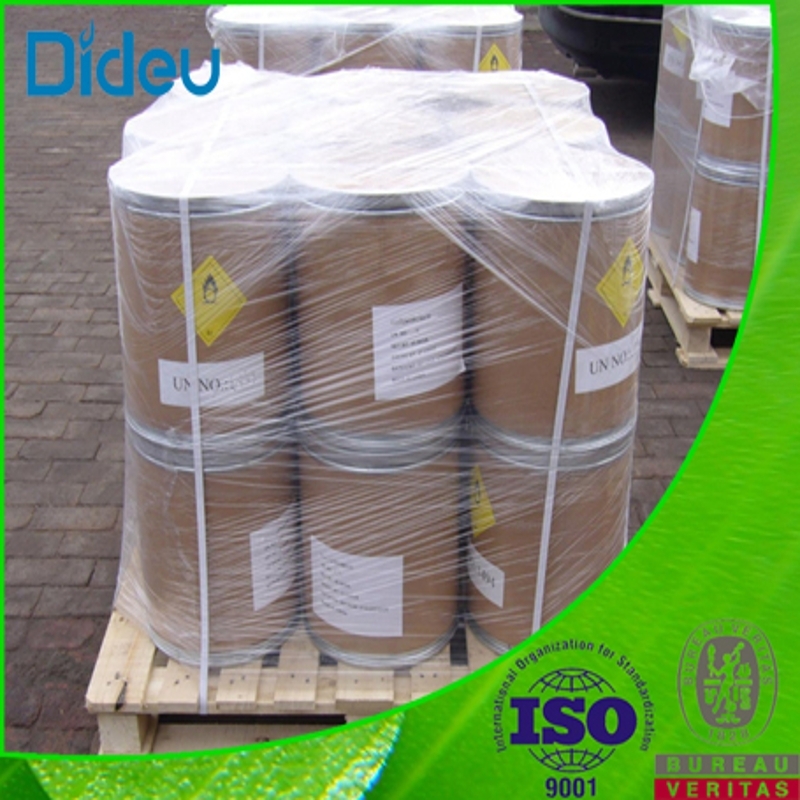-
Categories
-
Pharmaceutical Intermediates
-
Active Pharmaceutical Ingredients
-
Food Additives
- Industrial Coatings
- Agrochemicals
- Dyes and Pigments
- Surfactant
- Flavors and Fragrances
- Chemical Reagents
- Catalyst and Auxiliary
- Natural Products
- Inorganic Chemistry
-
Organic Chemistry
-
Biochemical Engineering
- Analytical Chemistry
-
Cosmetic Ingredient
- Water Treatment Chemical
-
Pharmaceutical Intermediates
Promotion
ECHEMI Mall
Wholesale
Weekly Price
Exhibition
News
-
Trade Service
Panvascular disease is not only a common comorbid condition
of disability and death in patients with T2DM.
The Chinese Expert Consensus on Risk Assessment and Management of Panvascular Disease in Patients with Type 2 Diabetes (2022 Edition) focuses on
the risk assessment process and management strategies of panvascular disease in patients with T2DM.
The following recommendations are mainly made
.
Recommendations at a glance
➤Patients with T2DM were assessed for systemic panvascular disease risk assessment and multidisciplinary follow-up at least once a year at the time of diagnosis and thereafter
.
➤Systematic evaluation of panvascular disease in patients with T2DM includes at least risk factors, vascular structure and function, and target organ damage
.
➤ Patients with T2DM were diagnosed and at least once a year at follow-up thereafter, including total cholesterol, TG, LDL-C, HDL-C, ApoB; In patients with T2DM, lipoprotein a levels are measured at least once after diagnosis; LDL-C, non-HDL-C and ApoB were used as the main targets for diagnosis and treatment
.
➤ Ankle brachial index (ABI), brachial
cardiovascular events.
➤Recommendation 5 For patients with T2DM with a long course of diabetes (such as more than 10 years) or who may have asymptomatic myocardial ischemia or large and middle vascular diseases, coronary CT angiography (CCTA) should be completed to evaluate coronary artery calcification, luminal stenosis and plaque load
.
➤ Patients with T2DM are evaluated at least once a year at diagnosis and at least once a year at follow-up
.
If NT-proBNP>125 pg/ml or BNP>50 pg/ml or hs-cTn are found to exceed the upper limit of the reference value, or if NT-proBNP/BNP or hs-cTn is found to be elevated by continuous monitoring, cardioprotective therapy should be started immediately with increased follow-up frequency
.
➤
should be done in patients with T2DM with elevated myocardial markers or
➤T2DM patients with risk factors such as smoking,
of extracranial vascular.
➤Patients with T2DM should improve the evaluation
of intracranial vascular vessels when they have stroke risk factors such as smoking, hypertension, and carotid plaque.
➤T2DM patients ≥ 65 years old or have a significant decline in clinical condition due to self-care activity problems, should improve the assessment of cognitive function, and evaluate once every 1~2 years as appropriate
.
In patients with a high likelihood of cognitive impairment, imaging of brain tissue structures such as head CT or MRI should be done
.
➤For patients with T2DM who are > 50 years old or accompanied by cardiovascular and cerebrovascular diseases, dyslipidemia, hypertension, smoking, etc.
or diabetes for more than 5 years
are evaluated at least once a year.
➤Evaluation of peripheral vascular disease in patients with T2DM includes evaluation of clinical symptoms and signs such as intermittent claudication, skin thermometry, palpation of dorsal and posterior tibial artery pulses, and auscultation of femoral bruits; If the above abnormalities are concerned, ABI, lower extremity artery color Doppler ultrasound and other examinations
are required.
➤Urine
.
➤After the diagnosis of diabetic
assessment should be clarified.
➤ T2DM patients at least once every 1~2 years in follow-up to evaluate fundus,
, patients with DR should increase the frequency of
evaluation.
➤Patients with T2DM who develop microalbuminuria or decreased glomerular filtration rate require
for diabetic retinopathy (DR).
➤Patients with T2DM should adhere to good lifestyle interventions for a long time, and carry out diet management, exercise management, weight management, smoking cessation and alcohol restriction management
.
➤Hypoglycemic strategies for panvascular disease in patients with T2DM include lifestyle management,
.
As long as there are no contraindications, metformin or
.
➤ The blood pressure management goal for panvascular disease in patients with T2DM is <130/80 mmHg in adults, <140/90 mmHg at age ≥ 65 years, and <150/90 mmHg
at age ≥ 80 years.
ACE inhibitors and ARBs are preferred for antihypertensive drugs, and diuretics, calcium channel blockers, mineralocorticoid receptor antagonists, or selective β receptor blockers are used according to blood pressure standards
.
➤The management of lipids in patients with T2DM for panvascular disease should be based on the selection of control targets
according to the target organ of the lesion.
If the target organ is the heart, brain or peripheral blood vessels, the blood lipid target: LDL-C <1.
4 mmol/L or a reduction of ≥50%
from the baseline level.
If the target organ is a kidney, if there is no history or risk factors for diseases such as heart, brain or peripheral blood vessels, the blood lipid target: LDL-C should be < 2.
6 mmol/L; If there is no history of heart, cerebral or peripheral vascular disease but any of the following risk factors, such as male ≥ 45 years old or female ≥ 55 years old, smoking, low HDL-C (< 1.
0 mmol/L),
, lipid target: LDL-C <1.
8 mmol/L or a reduction of ≥50%
from baseline.
➤Patients with T2DM with heart, brain and peripheral vascular diseases should actively undergo antiplatelet therapy, use aspirin (75~150 mg/d) as secondary prevention, and fully evaluate the risk of
bleeding.
The above content is excerpted from: Cardiovascular Physician Branch of Chinese Medical Doctor Association, Expert Group of "Chinese Expert Consensus on Risk Assessment and Management of Panvascular Disease in Patients with Type 2 Diabetes".
Chinese expert consensus on risk assessment and management of panvascular disease in patients with type 2 diabetes mellitus (2022 edition)[J].
Chinese Journal of Circulation.
2022,37(10):0974-1017







